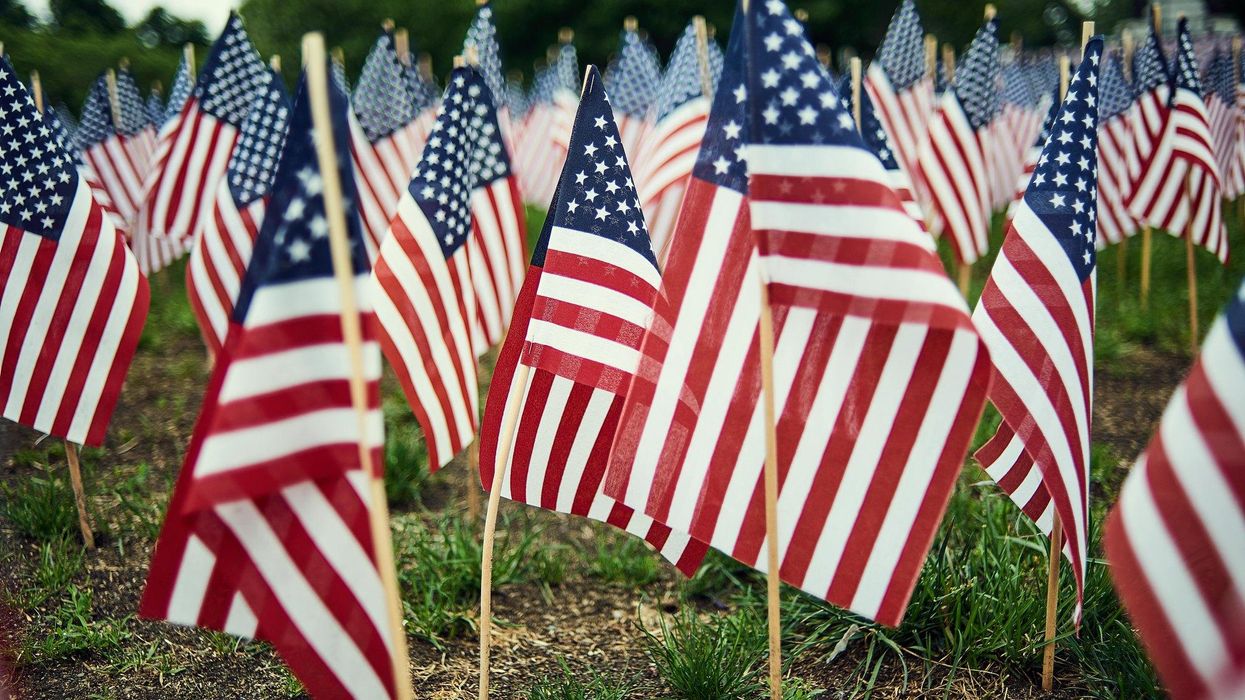
Two core themes run through nearly every part of the political discourse today. First, the pundits generally agree that the nation is becoming more “polarized.” Red vs. Blue. Right vs. Left. The two parties, the conventional wisdom argues, are beating a path to the extremes, with Republicans becoming the Trump party and Democrats embracing the Bernie Sanders/AOC agenda. Politics is becoming more vicious, more antagonistic, more rancorous. And each year, it seemingly gets even worse.
In 2016, fewer than half of Republicans said Democrats were “more immoral” than other Americans—today it’s 72 percent. Only 35 percent of Democrats thought Republicans were immoral back then—that figure has since risen to 63 percent. And while less than half of Democrats and Republicans viewed members of the other party as “more dishonest” six years ago, big majorities—64 percent of Democrats and 72 percent of Republicans—have come to take that view.
But then there’s a second, perhaps less publicized, but more important theme—namely that Americans hatehow politics has turned. They don’t want a vicious politics, but prefer instead the politics of problem solving. They don’t want all the fighting—they’d rather the two parties work collaboratively together. They agree that the Democrats and Republicans are becoming more like oil and water—and they think that’s a shame.
Just look at how unpopular both party’s presumptive nominees are in the 2024 election. A majority of Americans would prefer neither President Biden nor former President Donald Trump, both of whom have governed to satisfy their party’s base, to run next year. Three of five voters believeboth parties do a bad job representing their political views. Only six percent of voters reported that they had an unfavorable view of both parties in 1994. Today, that figure is up over a quarter.
Taken at face value, these two themes might appear to be in tension with one another. How could voters be both more polarized and less partisan at the same time? But parsing the data carefully evinces a series of conclusions that easily square the circle: Voters are increasingly angry and frustrated. As both parties have chased the affections of those on the extremes—the zealots who tend to make small-dollar donations, post political messages on social media, and watch hours of incendiary cable news—the rest of America has gotten increasingly turned off. They’re more polarized because they want change, but less partisan because they don’t think either party is equipped to change things for the better.
The nation’s political dialogue tends to ignore this sizable and growing demographic of people who don’t pick fights on Twitter, don’t post memes on Facebook and don’t talk politics when waiting in line to buy a cup of coffee. But this group, which some have called the “exhausted majority” has a fairly clear point of view. They think there’s some wisdom born of both liberalism and conservativism, that there are places where government needs to fix things and others where you want government to get out of the way.
The exhausted majority may not fill campaign coffers. They may not listen to conservative talk radio or NPR, preferring instead the Top 100, or a podcast about golf, or the audiobook version of a romance novel. But make no mistake: Many of them vote. And if the parties aren’t going to begin delivering options that meet their appetite for politicians who will fix rather than fight, they’re going to begin looking for new options.
That too has become clear in the poling. Nearly three of every five voters would be open to supporting “a moderate, independent presidential candidate” if the 2024 contest ends up being a re-match from 2020. And nearly 80 percent of younger voters between the ages of 18 and 35 are eager for a system with more than two parties. In other words, the plight of the exhausted majority that is increasingly disgusted with the existing panoply of options is ripe to be solved one way or the other, and in fairly short order.
So either the parties—or at least one of the two—will realize that these voters are more important than the small coterie of donors, influencers, and zealots moving them to be more pugilistic. Or else a new alternative will almost inevitably emerge. We can’t know today exactly how things will evolve. But what’s clear enough by now is that something very significant is almost surely going to change.

